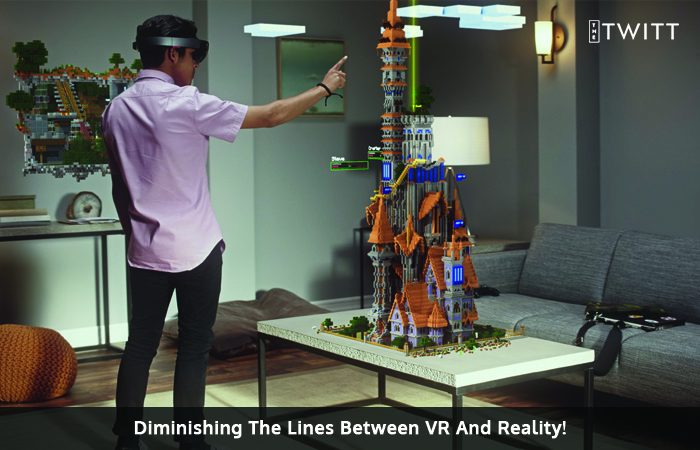Virtual Reality experience has been around for a very long time but the limitations in technology then were bound to hold it back. However, things and circumstances have taken a turn for the better and now with highly advanced software and hardware technology available easily Virtual Reality holds a promise and scope for a much brighter future today.
With the latest V embedded hardware now ready for use, it is more than necessary to be fully equipped with VR qualified content for an overall successful immersive experience. Thus, to fulfill the requisites for creating efficient, interesting and immersive VR content, designers hold the biggest responsibility in order to deliver an enriching VR experience. Recognizing the essentiality of user experience in VR, consider the following suggested Do’s and Don’ts for VR.
Head Tracking
VR is an experience that must significantly relate and respond to your actions in the real world thus, moving your head in real world must have clear responsive action in the virtual environment to avoid the users feeling nauseas.
-Do cover all the angles as your audience will be able to see from every one of them.
-Don’t ignore the intimacy between the audience and their engagement with the settings.
Calling for Attention
When you are provided with a comparatively larger field of view users tend to miss out on the details on the outer end of the field of vision which is why drawing attention to the important details such as instructions and hints becomes essential.
-Do employ lighting the right way to help user focus on the right things.
-Don’t place objects which can be manipulated merged in the background as a part of the settings.
Audio
Audio in an immersive environment and even otherwise plays an extremely vital role to provide a steady ad passive flow of information and to retain the balance of the body between what we see and what we hear as it helps to clarify our perception. Hence, inculcating directional audio cues in 3D space (or 3D Spatial Audio) in the settings is advisable for a rich and convincing user experience through design helping users to assess the directions in VR.
-Do align audio and visual effects for specialized events to catch the users’ attention as well as help them understand.
-Don’t forget to alter sounds in pitch and tones as per the directions, distance and depth of the VR environment.

